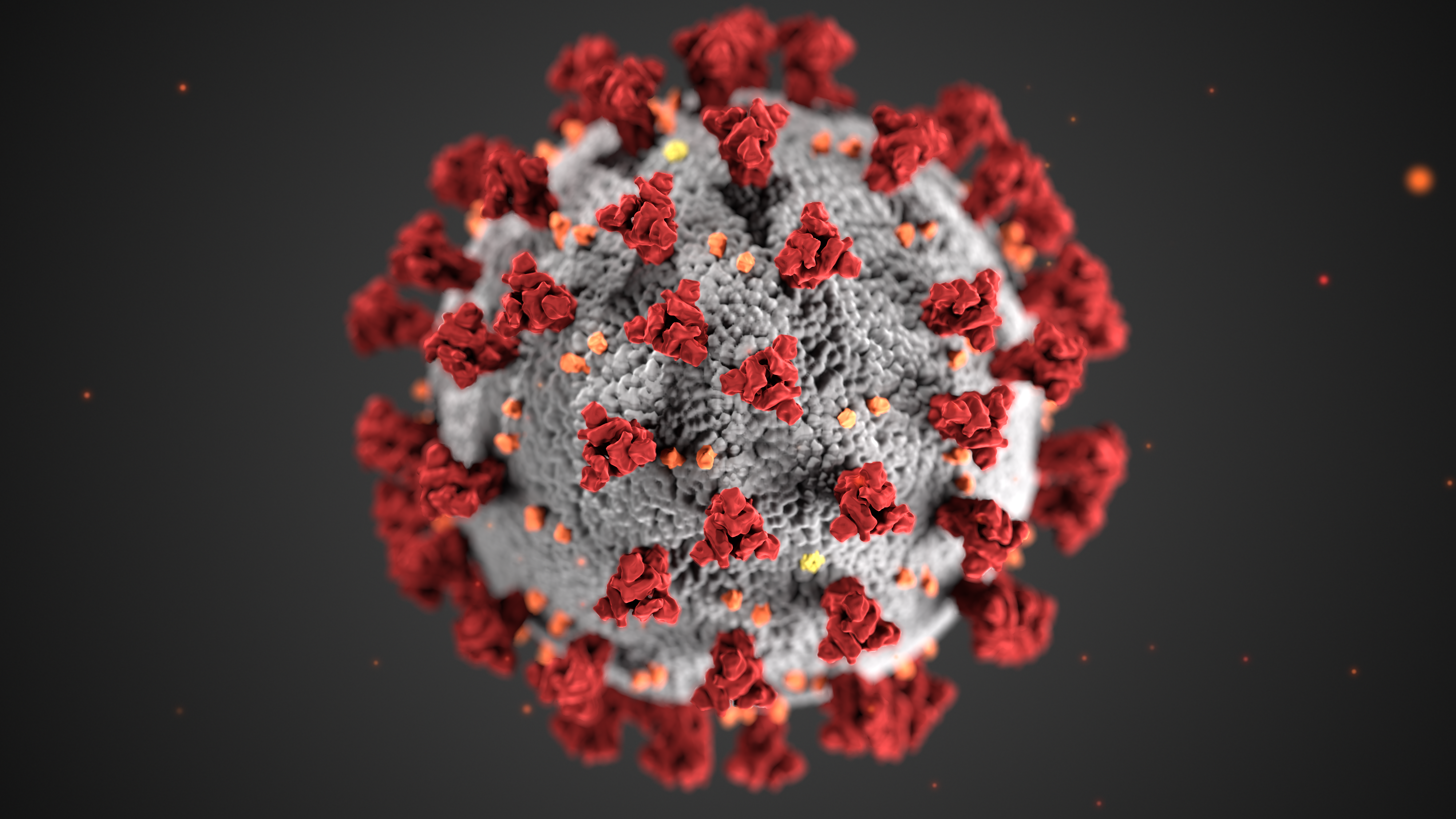While renal denervation has been shown to improve blood pressure in patients with moderate hypertension, its effects on resistant hypertension have been more modest. During Sunday’s Late Breaking Clinical Trials session of the American College of Cardiology’s 2021 Scientific Sessions, Dr. Ajay Kirtane of Columbia University, presented the findings of the anticipated RADIANCE-HTN TRIO Trial, seeking to shine a light on the previously nebulous data.
In this double blinded, sham-controlled trial, the investigators randomized 136 patients with resistant hypertension on three oral anti-hypertensives to receive either renal denervation or a sham procedure. The procedure was performed only if participants remained hypertensive with a blood pressure of >135/85 after a four-week run-in period, during which they received a combination of valsartan (or olmesartan), hydrochlorothiazide, and amlodipine. Renal denervation was achieved using the PARADISE system, whereby ablative energy is delivered to each renal artery via a catheter, in order to interrupt renal nerve traffic. Median participant age was 52 years. Most participants were male and white. More than 80% of participants had abdominal obesity and normal kidney function. Median systolic blood pressure was 162 mmHg in the renal denervation group and 163 mmHg in the sham group, with a median of 4 antihypertensives in either group at baseline as well.
The sham procedure was designed to match the renal denervation procedure very well. Sham participants received sedation, 15% of which was general anesthesia. They received contrast and underwent fluoroscopy, albeit less than was required in the actual denervation procedure. Median Sham procedure time was 41 minutes, compared to 81 minutes for the renal denervation.
Primary Efficacy Outcome
At 2 months, participants in the renal denervation arm were found to have a 9.7 mmHg reduction in systolic blood pressure from baseline, comparted to 3.0 mmHg in the sham control group. The median difference between the two groups was 5.8 mmHg (95% CI -9.7 to -1.6, P= 0.005). These findings were consistent across the spectrum of blood pressures, from 24-hour ambulatory, to nightly, and to office follow-up pressures. After the procedure, 38% of patients in the denervation arm had a daytime blood pressure considered to be controlled, at <135/85, compared to 21% in the sham group.

“First and foremost the investigators should be commended for their efforts, as it is quite a feat to successful complete a sham-controlled procedural trial,” said Dr. Duane Pinto of Beth Israel Medical Center, “but what I think this study shows more than anything else is just how difficult it can be to treat this patient population. Renal denervation was successful in controlling blood pressure in 38% of patients after the organized and systematic administration of antihypertensives. What we learned from Mitraclip trials is that organized approaches to medical therapy work, which we see replicated here in the run-in period, with the systematic administration of the combination antihypertensive therapy .”
Safety
One participant in the experimental arm died suddenly 3 weeks after their procedure, an outcome thought to be unrelated to the denervation. 1 patient developed an access site complication, and 1 patient doubled their serum creatinine temporarily. No participants in the sham arm had reported adverse events.
Despite the favorable outcome for renal denervation, the authors acknowledge several limitations of the study. First, the short follow-up duration did not allow for an assessment of the duration of participants’ response to renal denervation, so it is unclear how long the antihypertensive effect would last. Long-term safety and interactions with mineralocorticoid antagonists must also be studied given the two adverse events related to spironolactone in the trial.





